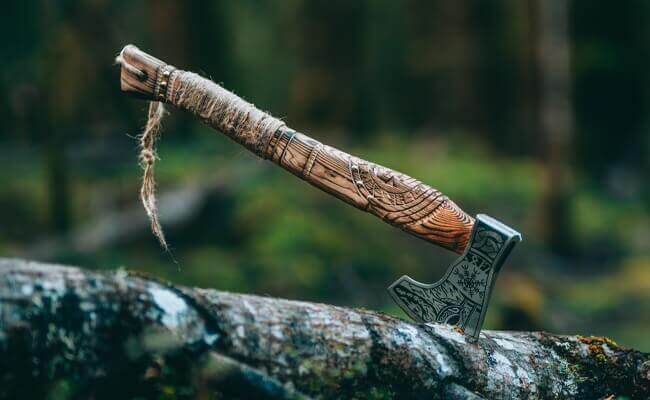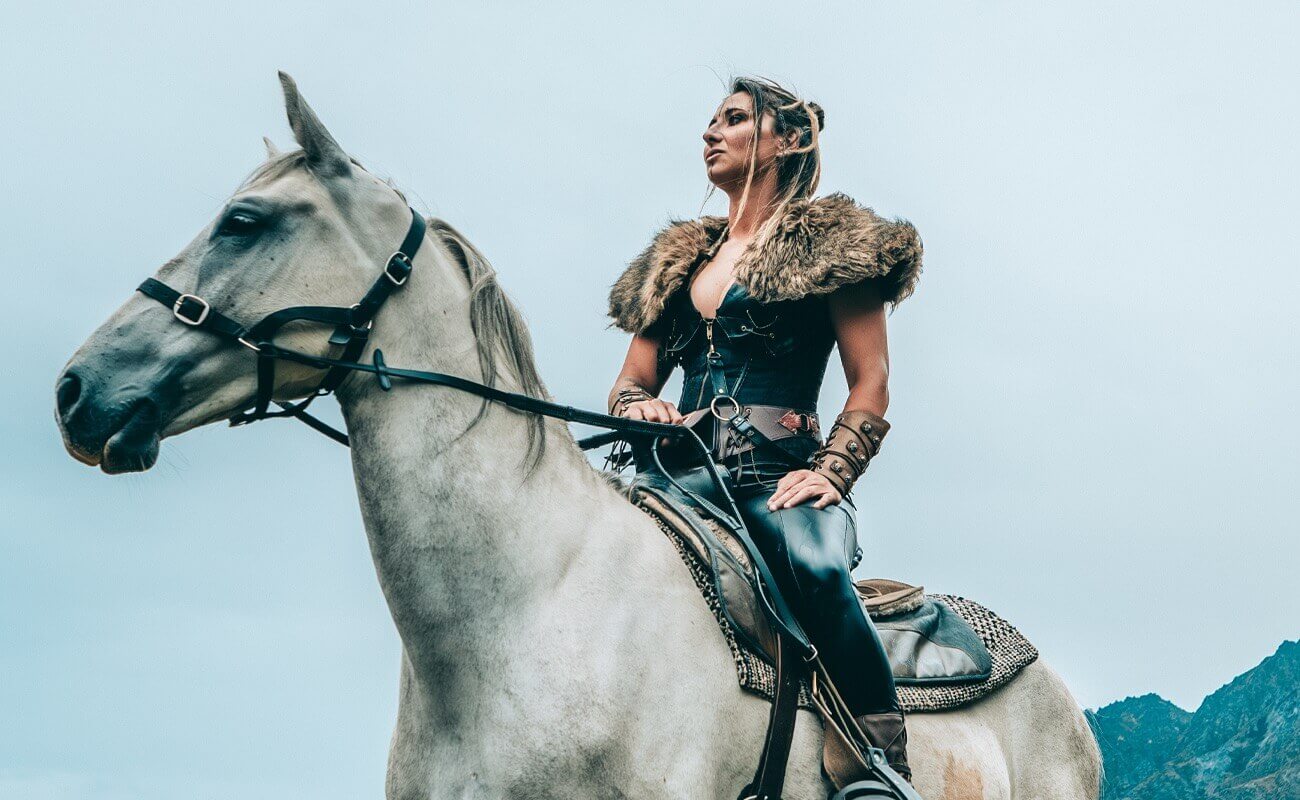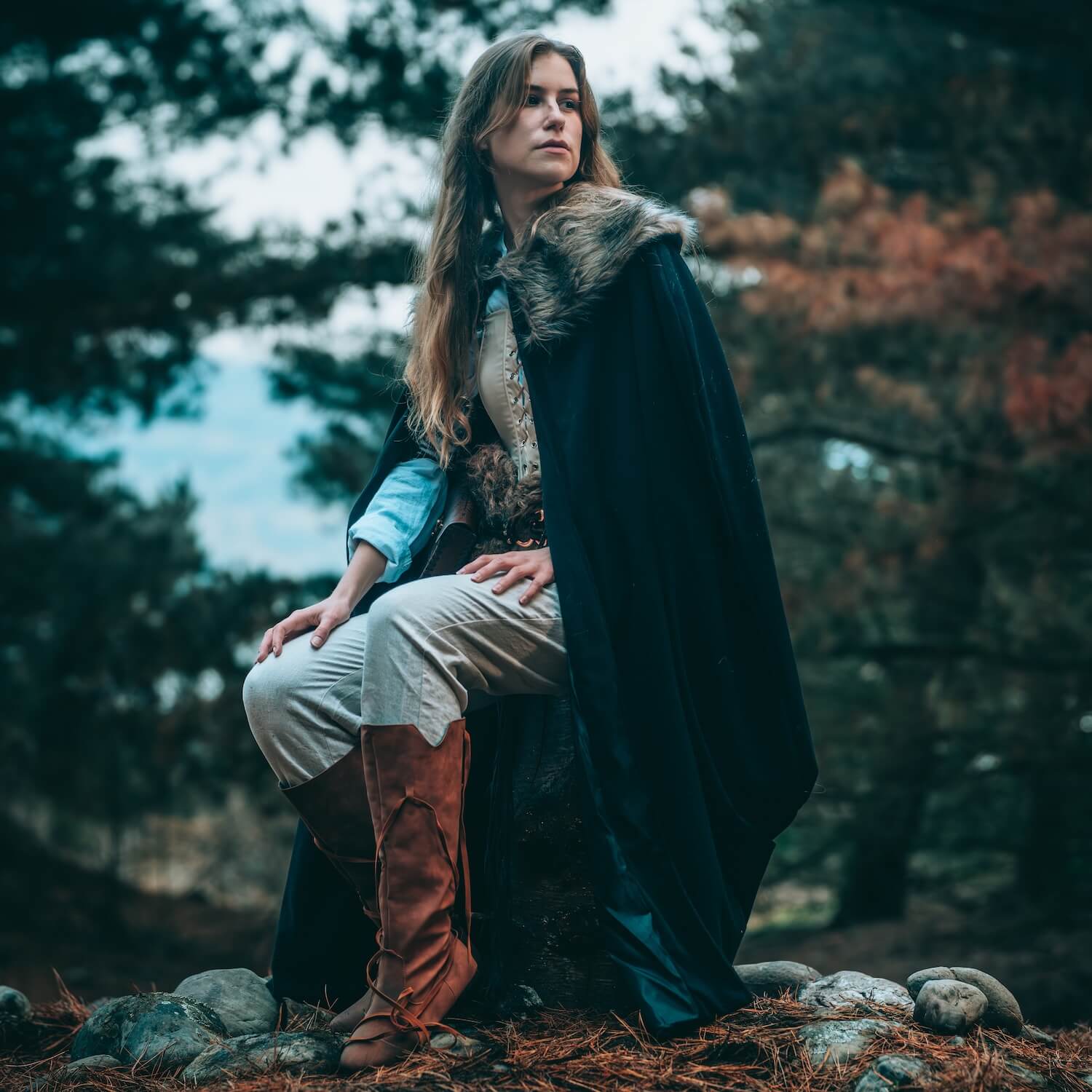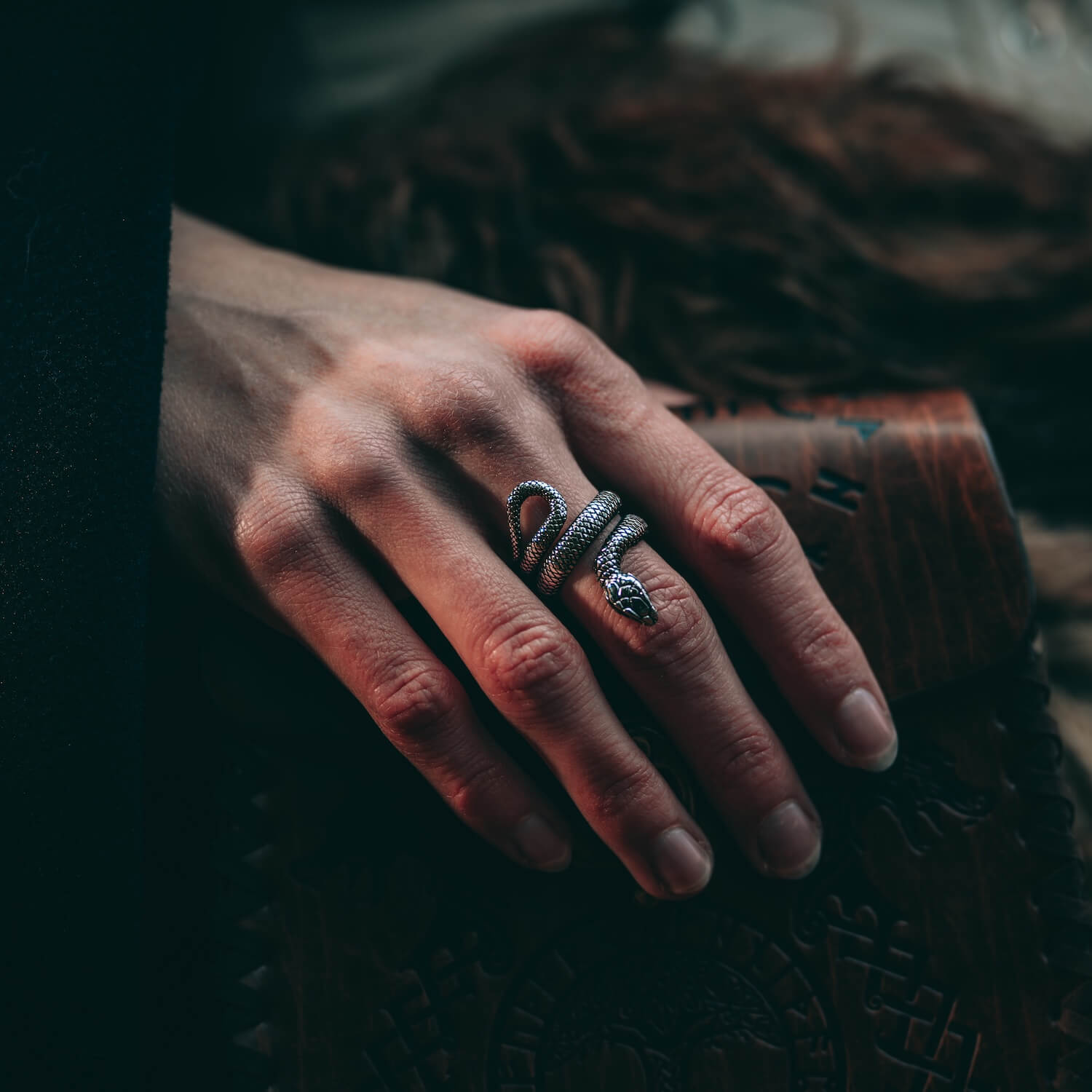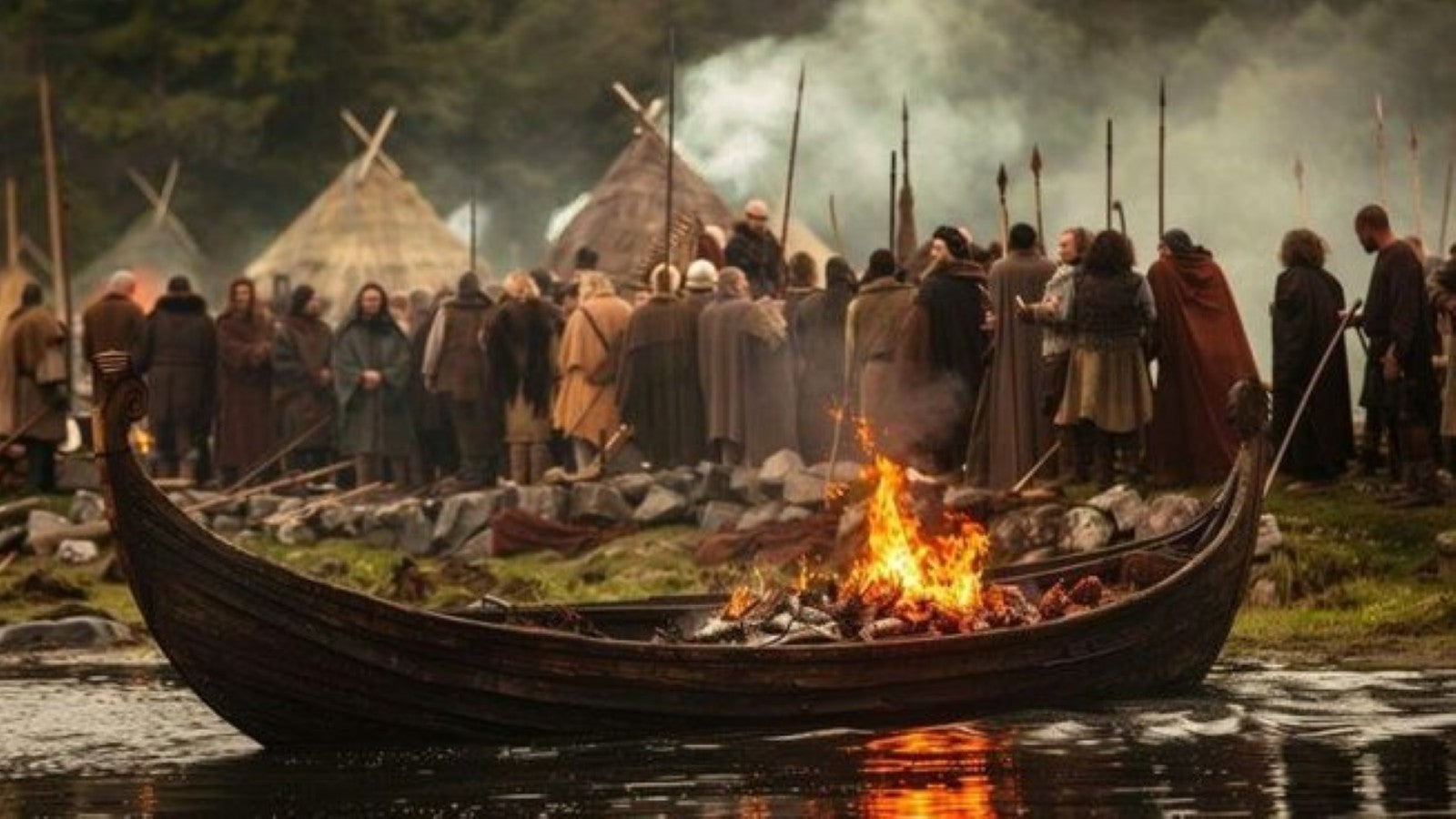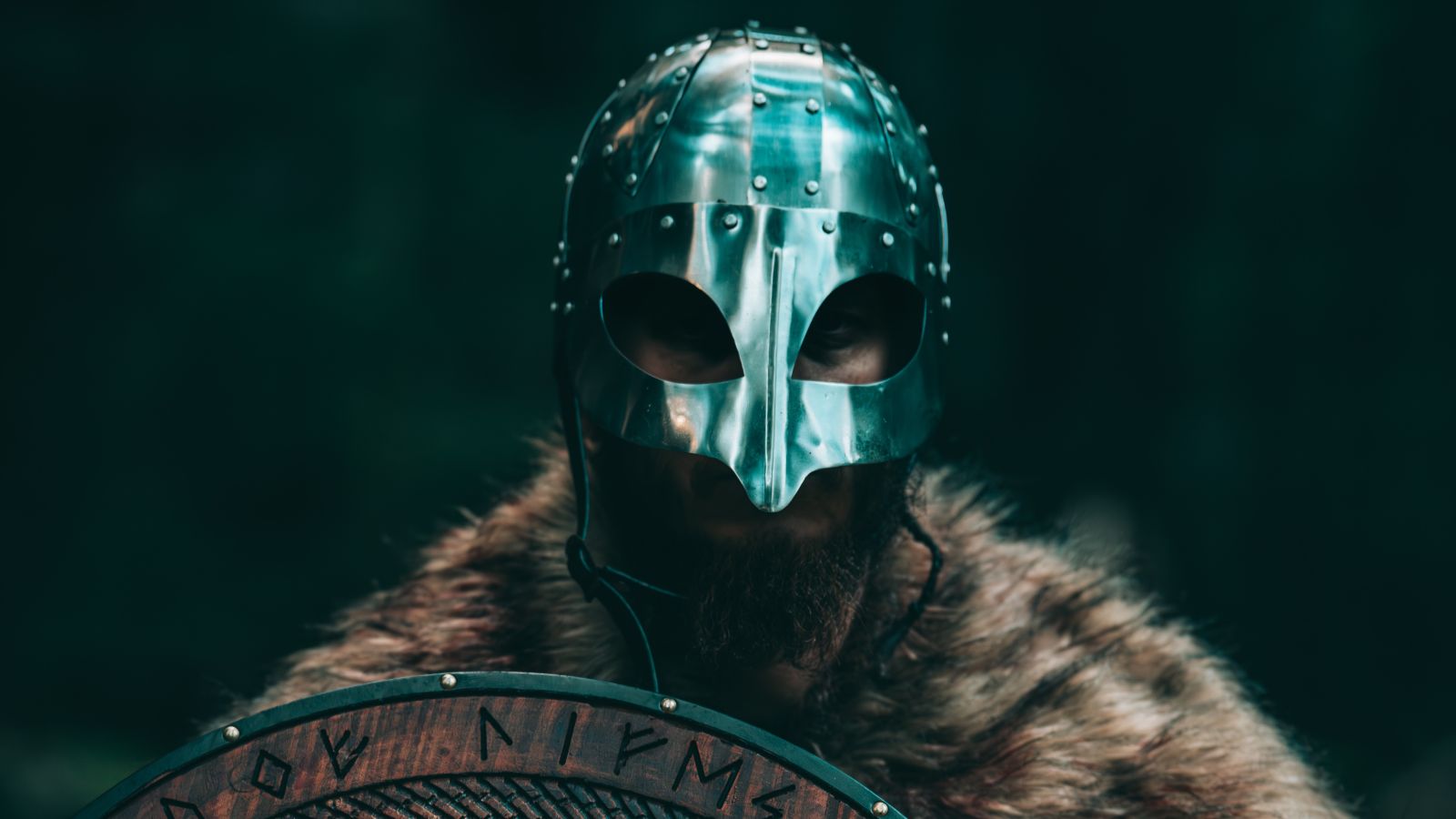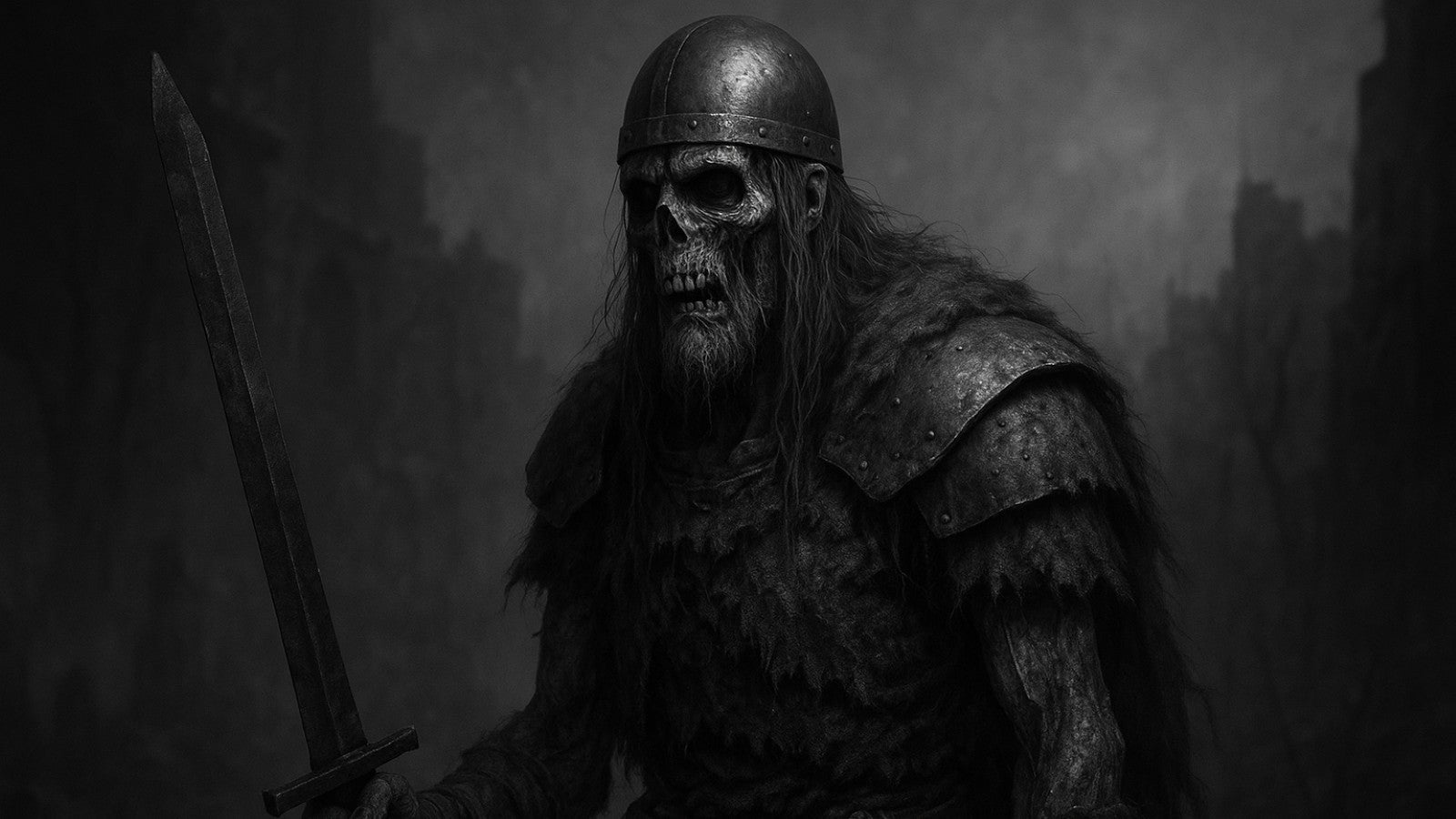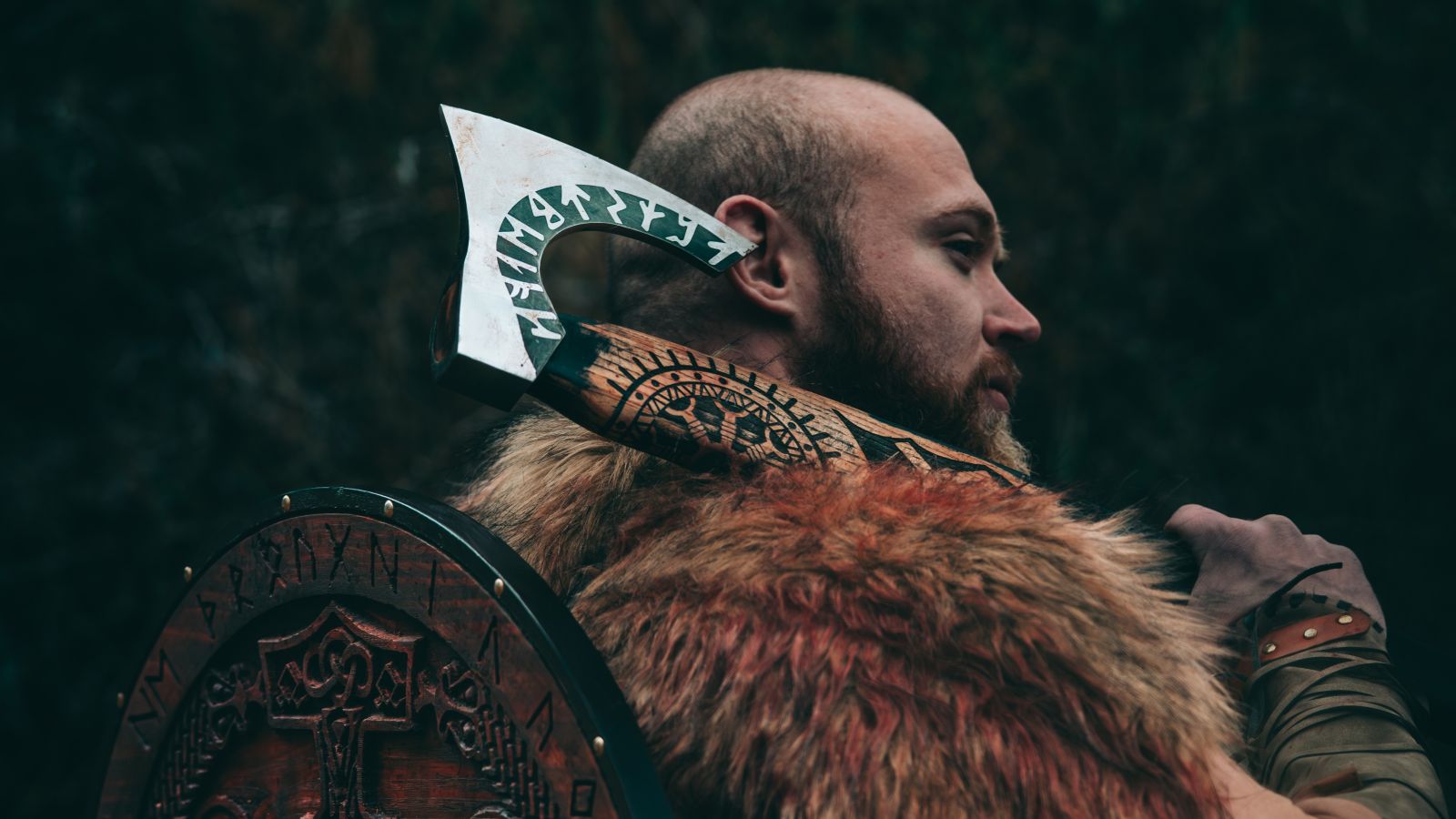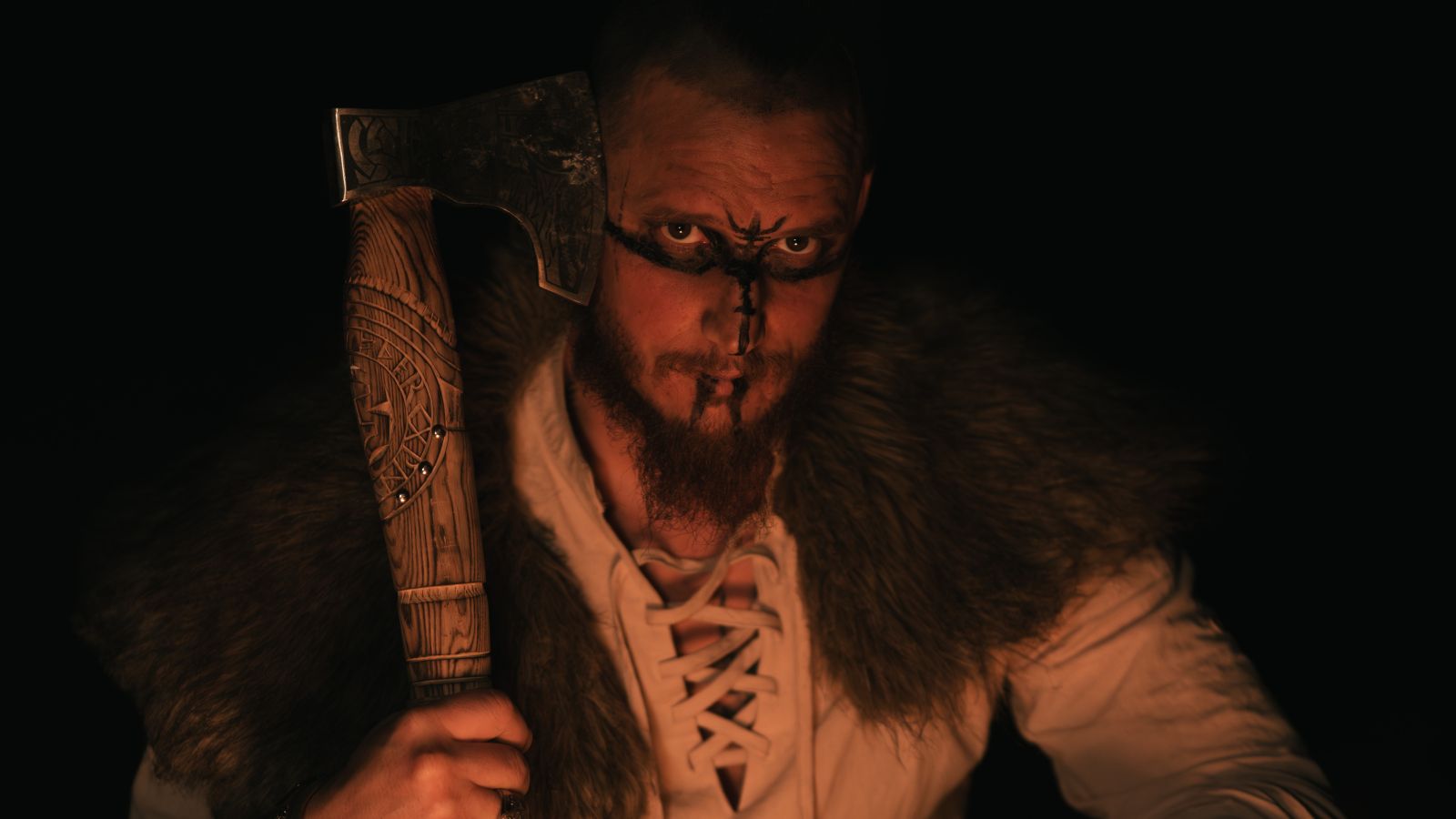
Álfablót: The Little-Known Norse “Autumn Night” Rite That Feels Like a Viking Halloween
When modern readers think of Norse festivals, names like Yule or Midsummer come to mind. Yet hidden within the sagas is mention of a more private and haunting tradition that took place in late autumn: Álfablót, the “sacrifice to the elves.”
Unlike the public feasts of Yule or harvest gatherings, Álfablót was intimate, local, and secretive. It was a moment when families turned inward, honoring unseen forces and departed ancestors as the nights grew long and cold.
For historians and enthusiasts, Álfablót feels like a Norse echo of Halloween, a night to honor the dead and acknowledge the thin boundary between worlds.
What “Álfablót” Means
The Old Norse word álfar means “elves,” though the term does not refer to the small fairytale creatures we imagine today. In Norse belief, elves were powerful spirits, close to the gods but connected to the earth and the ancestors.
Blót means “sacrifice” or “offering.” It was the Old Norse word for ritual acts that maintained harmony between humans and the divine. Offerings of food, ale, or animal blood were made to secure favor or ward off misfortune.
So Álfablót literally means “sacrifice to the elves,” but symbolically, it was much more; a bridge between the living and the dead.
How Álfablót Was Celebrated
Most of what we know about Álfablót comes from scattered medieval sources, including skaldic poetry and sagas like Austrfararvísur by Sigvatr Þórðarson. In that poem, the Christian poet is refused entry to several farms because Álfablót is being held inside, and outsiders, especially strangers, were not welcome.
The secrecy is key. Álfablót was not a communal celebration but a household rite. Each family honored its own spirits and ancestors, often near the burial mound on their land. Offerings might include ale, meat, or bread placed on stones or poured into the earth.
It was likely held in late autumn, after the harvest and before the onset of winter, when life slowed and reflection on death became part of the season.
The Elves and the Ancestors
In Norse cosmology, the line between elves and the spirits of the dead is blurred. Some scholars believe the álfar represented the spirits of deceased family members who had become part of the land itself.
To honor the elves was therefore to honor the ancestors, to keep the family’s fortune strong and the bond between generations alive. The ritual embodied the belief that death was not disappearance, but transformation into something enduring and sacred.
Álfablót and Halloween: Striking Parallels
Though separated by geography and belief, Álfablót and Halloween share familiar themes:
-
Timing: Both occur in late autumn, when the year turns toward darkness.
-
Ancestral focus: Both center on remembrance of the dead.
-
Offerings: Both involve giving food or drink to unseen spirits.
-
Boundary of worlds: Both traditions treat this season as a time when the living and the dead draw near.
The difference lies in tone. Halloween became a night of mischief and masquerade; Álfablót was solemn, sacred, and deeply personal. Yet both stem from humanity’s shared instinct to honor what lies beyond life.
Why It Matters Today
Álfablót reveals a more intimate side of Viking spirituality. The Norse were not only warriors and explorers; they were people who revered their land and lineage. Their rituals spoke to gratitude, continuity, and respect for the unseen.
In an age when ancient practices are often revived through festivals and reenactments, Álfablót offers something quieter, a chance to pause, remember, and reconnect with our roots as the year darkens.
How You Can Honor the Spirit of Álfablót
If you want to bring a touch of Viking heritage to your autumn rituals, you can adapt the essence of Álfablót in simple ways:
-
Light a candle or small fire to honor those who came before you.
-
Leave a small offering of bread or ale outside in thanks to the earth.
-
Reflect on the year’s changes and the cycles of life and rest.
-
Share stories of your ancestors or mentors who shaped who you are.
You do not need ceremony or spectacle, just sincerity. The Vikings understood that remembrance itself was a sacred act.
Álfablót reminds us that even in a world of myth and gods, the most powerful rituals are often the simplest. A quiet offering, a whispered name, a moment of gratitude for those no longer here.
In that sense, it is easy to see why this forgotten rite feels so much like a Viking version of Halloween. It is not about fear of death, but about recognizing its place in the rhythm of life; the turning of the seasons, the cycle of memory, and the enduring bond between the living and the dead.

